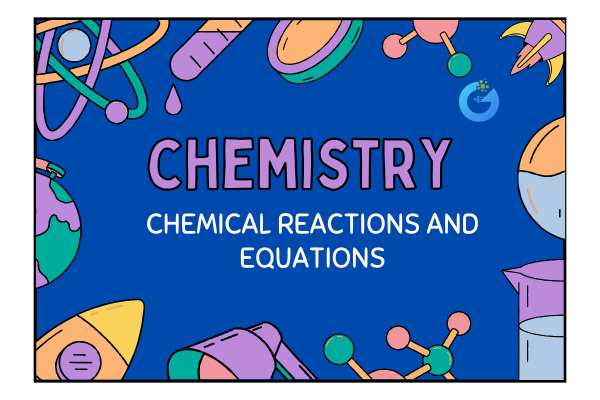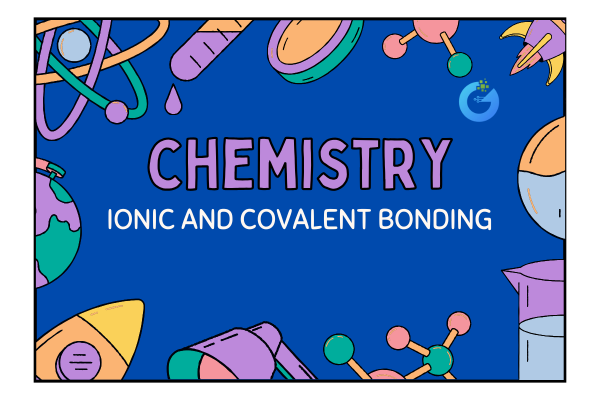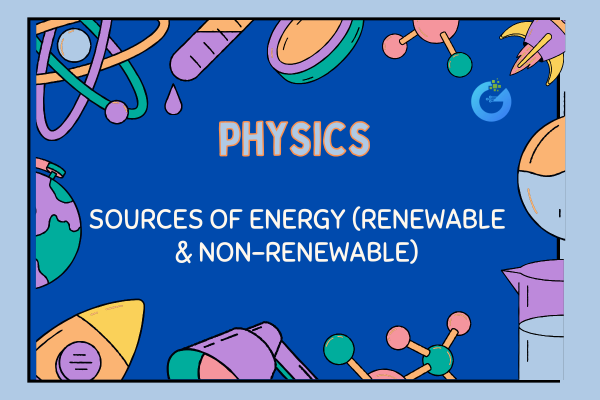Introduction
Imagine life without electricity. No lights in your home, no fans spinning in the summer, no fridge to keep food fresh, and no mobile phones to connect with friends. Hard to even think about, right?
That’s how deeply electricity is connected to our daily life. It’s an invisible force that powers homes, schools, hospitals, industries, and even the phone or computer you’re reading this on.
In this Class 10 Physics chapter, we’ll explore what electricity is, how it flows, how we measure and control it, and most importantly—how it helps us in real life. Don’t worry, we’ll keep it simple and easy to follow, just like a teacher explaining in class.
expert-led Physics classes – visit our website to learn more
What Is Electricity?
Electricity is the flow of electric charges, usually electrons, through a conductor (like a copper wire). When these charges move, they create electric current that powers devices.
Think of it like water flowing through a pipe—when charges flow through wires, things start working.
What Is an Electric Circuit?
An electric circuit is a closed loop or path that allows electricity to flow. Without a complete path, current cannot move.
Main Components of a Simple Circuit:
| Component | Symbol | What It Does |
| Battery / Cell | 🔋 | Gives the push (voltage) to move electrons |
| Wire | ➖ | Connects all parts, allows current flow |
| Switch | ⬛ | Turns the circuit on or off |
| Bulb | 💡 | Converts electrical energy into light |
| Resistor | ⏤⏤⏤ | Limits or controls current flow |
Electric Current (I)
Electric current is the rate at which electric charges flow through a wire.
Formula:
I = Q / t
Where:
- I = Current (in Amperes, A)
- Q = Charge (in Coulombs, C)
- t = Time (in seconds)
1 Ampere = 1 Coulomb of charge flowing every second.
Potential Difference (Voltage)
Voltage is the push that makes electric charges move. It’s like water pressure in a pipe.
Formula:
V = W / Q
Where:
- V = Voltage (Volts)
- W = Work done or energy used (Joules)
- Q = Charge (Coulombs)
- 1 Volt = 1 Joule / 1 Coulomb
Ohm’s Law – The Heart of Electric Circuits
Ohm’s Law is a rule that links voltage, current, and resistance in a simple way.
Formula:
V = I × R
Where:
- V = Voltage (V)
- I = Current (A)
- R = Resistance (Ω – Ohms)
This law tells us that if you increase voltage, current increases (if resistance stays the same), and if resistance increases, current decreases (if voltage stays the same).
Resistance and Its Factors
Resistance is the opposition to the flow of electric current. It depends on:
| Factor | Effect on Resistance |
| Length of wire | Longer wire = more resistance |
| Thickness (Area) | Thicker wire = less resistance |
| Material | Copper = low resistance; rubber = high resistance |
| Temperature | Higher temp = more resistance |
Resistivity (ρ)
Different materials resist current differently. Resistivity is the material property that tells us this.
Formula:
R = ρ × (L / A)
Where:
- ρ = Resistivity (in ohm-metre, Ω·m)
- L = Length of the wire
- A = Cross-sectional area of the wire
Series and Parallel Circuits
Series Circuit:
- One path for current
- Current is the same through all devices
- Resistance adds up: R_total = R₁ + R₂ + R₃
Parallel Circuit:
- Multiple paths for current
- Voltage is the same across all devices
- Resistance formula:
1/R_total = 1/R₁ + 1/R₂ + 1/R₃
Home wiring is done in parallel so that if one bulb goes off, others keep working.
Heating Effect of Electric Current
When current flows through a wire, it produces heat. This is the Joule’s heating effect.
Formula:
H = I² × R × t
Used in:
- Electric heaters
- Irons
- Toasters
- Fuses (thin wires that melt to protect appliances)
More current or resistance = more heat.
Electric Power and Energy
1. Electric Power (P)
The rate at which electrical energy is used.
Formula:
P = V × I
Other useful formulas:
- P = I² × R
- P = V² / R
Unit: Watt (W)
1 kW = 1000 W
2. Electrical Energy
Energy consumed = Power × Time
Formula:
E = P × t
Unit: kilowatt-hour (kWh)
1 kWh = 1000 watts × 3600 seconds = 3.6 × 10⁶ joules
This is what your electricity bill measures.
Summary of Key Concepts
| Concept | Description |
| Electric Current | Flow of charge (I = Q / t) |
| Voltage (V) | Push or pressure (V = W / Q) |
| Resistance (R) | Opposition to current flow |
| Ohm’s Law | V = I × R |
| Power (P) | Rate of using energy (P = V × I) |
| Energy (E) | Power × Time (measured in kWh) |
Common Questions – Answered
Q1. What is the unit of electric current?
Ampere (A)
Q2. What is the role of a fuse in a circuit?
It breaks the circuit if too much current flows—protects appliances.
Q3. Why are parallel circuits better for homes?
Each device gets full voltage and works independently.
Q4. What is meant by potential difference?
It’s the work done to move a unit charge from one point to another.
Q5. What happens when resistance increases?
Current decreases (if voltage stays the same).
Fun Facts About Electricity
- Lightning carries more than 100 million volts!
- Human brain sends messages using electrical impulses.
- Birds on wires don’t get shocked because there’s no potential difference between their feet.
- The first battery was invented by Alessandro Volta in 1800.
Conclusion
Electricity might be invisible, but its power is visible everywhere. Whether it’s lighting up cities, charging your phone, or helping doctors in hospitals—it’s truly one of the most important discoveries in science.
Learning how electricity works, and how to use it safely, empowers us to be smarter users of energy. So the next time you flip a switch or plug in your charger, remember—you’re controlling the flow of a powerful, invisible force.








